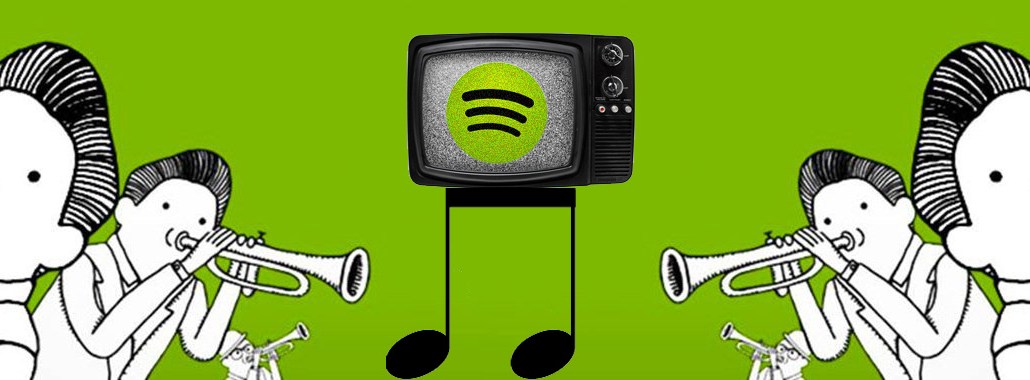
The Internet cannot agree on anything — other than the need for freaking out over even the slightest of logo changes.
Spotify last night updated its iOS app with what it only described as “minor improvements.” One of those “improvements” was a tweaked logo featuring a bright shade of hazardous green. The Internet, as is its wont, was unimpressed. Really unimpressed. Naturally, teens and adults alike, as evidenced on Twitter, said they’re not here for this change.
The best way to sum up the general tenor or reactions to the change: yuck.
Among the early reviews: “hideous,” “slimed by Nickelodeon,” and “too much for me to handle.”
Tempted to start a https://t.co/W6wTT8xNFi about this atrocious new green @spotify logo. Really, it’s hideous. pic.twitter.com/73AdDNAfRw
— Andrew Nathanson (@andrewnathanson) June 16, 2015
SPOTIFY PLEASE CHANGE THE COLOR OF YOUR LOGO BACK TO THE NORMAL GREEN SINCERELY EVERYONE — carly !! (@lueeeeek) June 16, 2015
So @spotify just straight Dolezal’ed their logo like no one would notice https://t.co/OJc7SSiuPs pic.twitter.com/twnuB1n2Jb
— Alex English (@alex3nglish) June 16, 2015
I HATE THE NEW SPOTIFY LOGO ITS SOOOO UGLY pic.twitter.com/xktkQOD55h — Trinity (@shawtysugoi) June 16, 2015
It’s like the Spotify logo was slimed by Nickelodeon. Is this a sign? Apple Music, is that you? pic.twitter.com/WZRM9lR3YK
— Chris DiDonna (@cldidonna) June 16, 2015
spotify just updated their app icon color and completely ruined the harmony of my home screen gonna take like hours for my eyes to adjust — Elias Liedholm (@eliasliedholm) June 15, 2015
Spotify changing the color of their logo from electric green to mint green is too much change for me to handle
— Stephanie Ann (@StephKuruvilla) June 16, 2015
Spotify confirmed on its Twitter account that no one is tripping on acid and the green became greener. Digiday has reached out to Spotify, but have not yet heard back.
@max4f BREAKING NEWS: Max Afonov Isn’t On Acid (We changed our logo)
— Spotify (@Spotify) June 15, 2015
Well, the rejiggered green is all part of plan not to irritate your eyes, but as part of a massive refresh that the streaming service revealed at South by Southwest in March. Spotify’s art director Tobias van Schneider confirmed the change on Dribble, a social network for artists:
The new green has a little more “pop” and just feels right at home in our new color palette which has grown to nearly three dozen colors. It not only looks more fresh & modern but also feels more easy on the eye, especially when applying it full screen.
Perhaps just on his eyes, it appears.
More in Media

A timeline of the major deals between publishers and AI tech companies in 2025
Here’s a list of all the major deals signed between publishers and AI tech companies in 2025.

No playbook, just pressure: Publishers eye the rise of agentic browsers
For the bulk of publishers, Google is, as ever, the one to watch. It’s already got agentic features within its Chrome browser, but that’s the tip of the iceberg, some say.

The biggest SEO lessons in 2025 for publishers
KPIs are changing, more AI search data is becoming available, and publishers are looking beyond search to grow their audiences and revenue.





